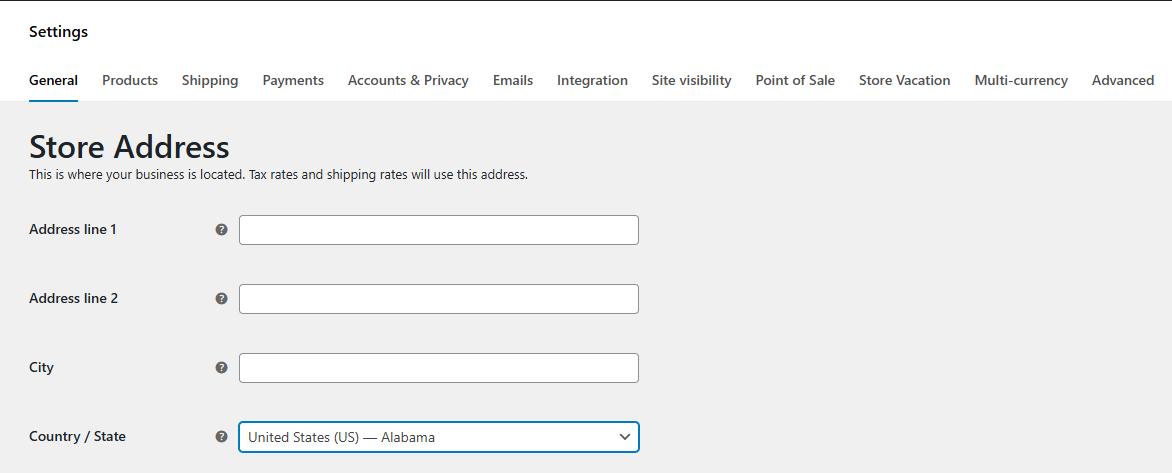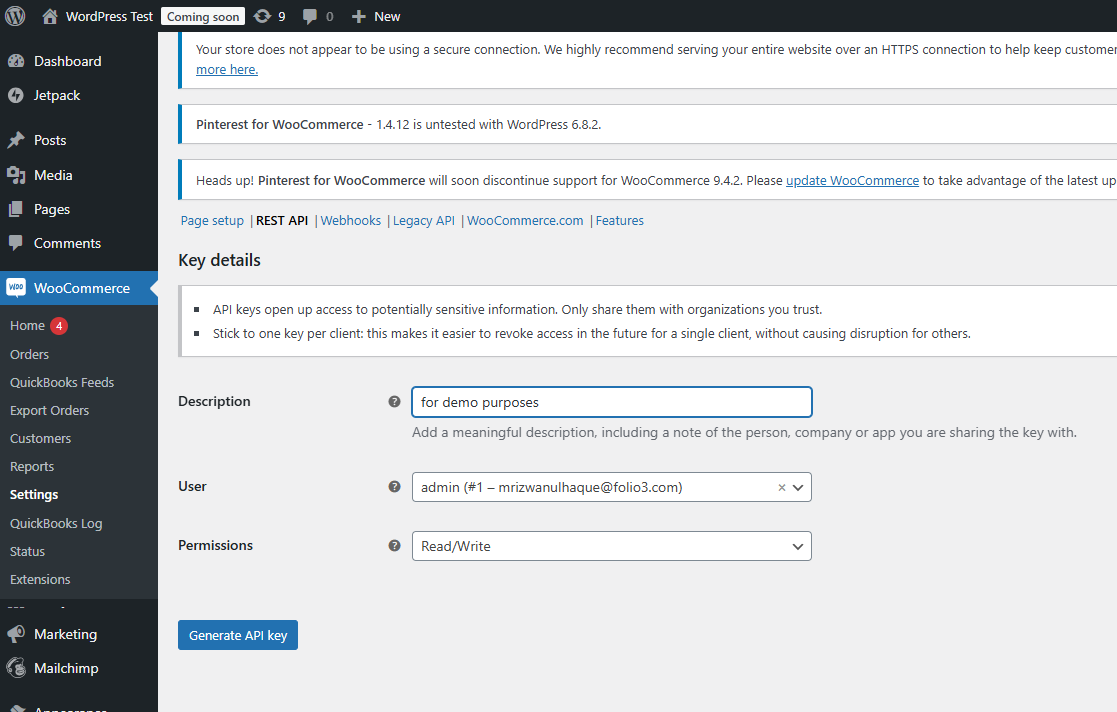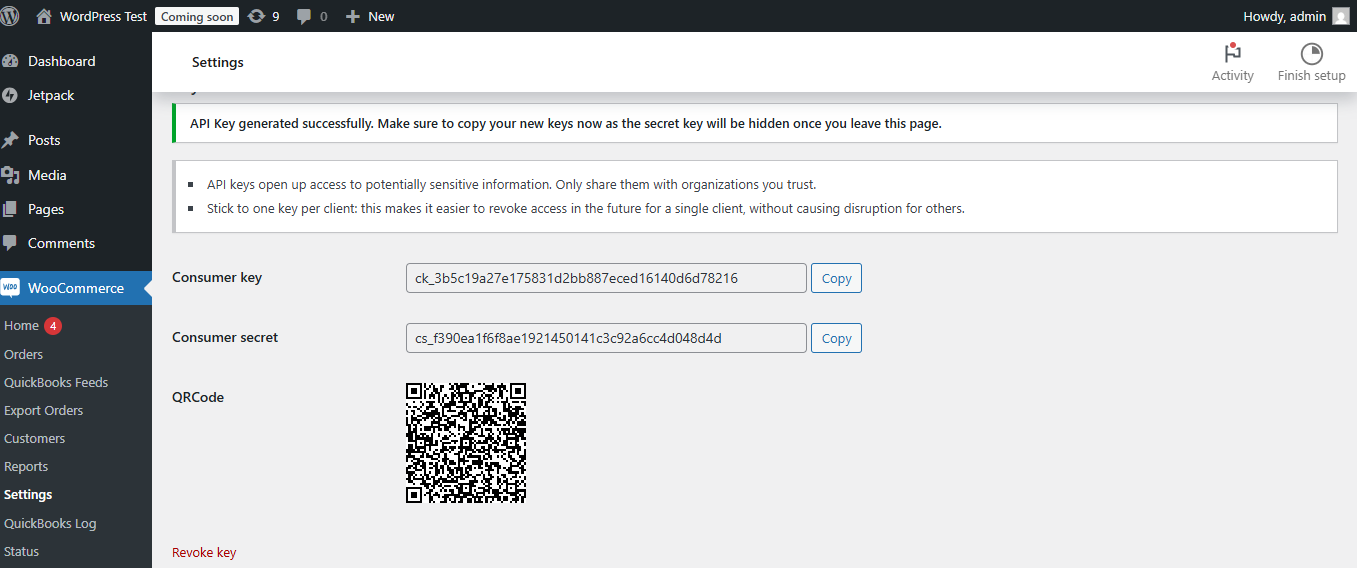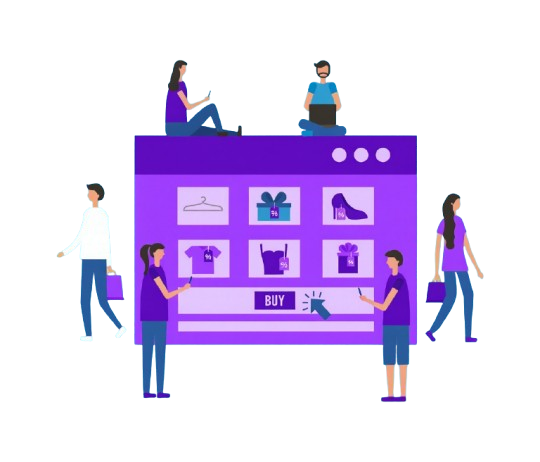EBODA Bluetooth Shower Speaker, Portable Bluetooth Speakers, IP67 Waterproof Wireless Speaker with LED Light, Floating, 2000mAh, True Wireless Stereo for Kayak, Beach, Gifts for unisex -Black
$23.99 (as of December 7, 2025 08:20 GMT +00:00 - More infoProduct prices and availability are accurate as of the date/time indicated and are subject to change. Any price and availability information displayed on [relevant Amazon Site(s), as applicable] at the time of purchase will apply to the purchase of this product.)As eCommerce continues to evolve rapidly, online store owners are constantly looking for smarter ways to streamline operations, improve customer experiences, and connect various business systems. For more details about WooCommerce development, visit WooCommerce Development Services.
If you’re running a WooCommerce store and want to automate processes, integrate with other tools, or build custom features, the WooCommerce REST API is your go-to solution.
Think of it as a bridge that connects your store to other platforms, apps, or services—without needing to touch the WooCommerce admin panel. Learn about WooCommerce ERP Integration for syncing products with enterprise systems.
Whether you’re syncing products with an ERP, creating a custom mobile app, or just trying to save time, understanding how to work with the WooCommerce REST API in 2025 can give your business a serious edge.
In this guide, we’ll walk you through what the WooCommerce REST API is, why it’s important, and how you can start using it today to future-proof your online store.
Understand the WooCommerce B2B Solution as part of advanced use cases. The WooCommerce REST API is an interface that allows developers to interact with a WooCommerce store programmatically.
What is WooCommerce REST API?
The WooCommerce REST API is an interface that allows developers to interact with a WooCommerce store programmatically.
Using standard HTTP methods such as GET, POST, PUT, and DELETE, developers can retrieve, create, update, or delete data including products, customers, orders, and more. Explore WooCommerce Integration options to connect WooCommerce with various external platforms.
It is built on top of the WordPress REST API and supports both JSON and XML formats, making it highly adaptable to a wide range of systems and platforms.
Why Use WooCommerce REST API Integration in 2025?
As eCommerce becomes more complex, businesses require a centralized solution to manage multiple systems. WooCommerce REST API integration allows for such interoperability. Check out the latest WooCommerce Migration services when upgrading or migrating stores.
Here are some compelling reasons to consider it:
- Real-Time Data Synchronization: Whether syncing inventory with a third-party warehouse or integrating CRM data, the WooCommerce REST API ensures that all systems remain updated in real time.
- Custom Workflows: Businesses can automate custom workflows such as order processing, customer notifications, or product updates.
- Scalability: REST APIs support scalable architecture. You can add new services or platforms without overhauling existing systems.
- Enhanced Customer Experience: Integration with customer support systems or personalization engines can provide a seamless and enhanced customer experience. Consider a WooCommerce Design Company for a tailored user interface.
- Mobile & Headless Commerce: Use WooCommerce REST API to power mobile apps or headless frontends, giving customers modern, fast, and responsive shopping interfaces.
How to Get Started with WooCommerce REST API Integration?
Here is a step-by-step guide to help you get started:
- Enable API Access:
- Go to WooCommerce > Settings > Advanced > REST API.
- Click on “Add Key” to generate API keys with appropriate permissions (Read, Write, or Read/Write).



- Authentication:
- Use either OAuth 1.0a or basic authentication via consumer key and consumer secret.
- For server-to-server integrations, OAuth or API key-based methods are preferred.

- Make Your First API Call:
- Example to retrieve products:
GET /wp-json/wc/v3/products
- Include your credentials and store URL in the request.
- Handle API Responses:
- Responses are in JSON format.
- Make sure to implement error handling and retries for network issues.
- Secure Your Integration:
- Always use HTTPS.
- Never expose your API keys on the client side.
- Rotate keys periodically and follow security best practices.
Common Use Cases for WooCommerce API
- Syncing orders and customers with an ERP system.
- Automating inventory updates from a POS.
- Creating mobile applications or Progressive Web Apps (PWAs).
- Integrating third-party marketing tools like Mailchimp or Klaviyo.
- Custom dashboards for sales analytics and business intelligence.

Challenges and Considerations:
While WooCommerce REST API is powerful, there are some considerations:
- Rate Limits: Avoid overloading your server with too many requests.
- Data Volume: For large stores, data batching and pagination are critical.
- Error Handling: Always build resilience with retry mechanisms and error logging.
- Versioning: The WooCommerce API is versioned. Ensure compatibility when updating your store.
Learn how to Hide a Category in WooCommerce for custom catalog control.
Folio3’s Expertise in WooCommerce REST API Integration
Folio3 is a trusted name in eCommerce development, specializing in WooCommerce REST API integration and custom plugin development.
With over a decade of experience, Folio3 has helped hundreds of clients streamline their operations by integrating WooCommerce with ERP systems, CRMs, shipping providers, and custom business applications.
If you’re looking to elevate your WooCommerce store, you can hire WooCommerce developer from Folio3 for expert assistance
Our team understands the importance of REST APIs, security protocols, and system architectures, enabling us to deliver scalable and secure solutions tailored to your business needs. From initial planning to post-integration support, Folio3 ensures a smooth and hassle-free experience for WooCommerce API integrations.
Conclusion
In 2025, WooCommerce REST API integration is not just a nice-to-have but a strategic necessity for businesses aiming to stay competitive. Whether you’re syncing data, automating tasks, or building headless storefronts, the WooCommerce REST API offers the flexibility and power you need. And with a reliable integration partner like Folio3, you can unlock the full potential of your WooCommerce store without worrying about technical complexities.
Start your integration journey today and future-proof your eCommerce operations.
FAQs:
How to use rest API in WooCommerce?
You can use the WooCommerce REST API by creating API keys inside WooCommerce settings. Once you have the keys, you can connect to your store using tools like Postman or custom code. With the API, you can read, add, update, or delete products, orders, and customers.
Do I need the WooCommerce Legacy Rest API?
No, you don’t need the Legacy REST API anymore. WooCommerce now has a built-in REST API by default. The legacy version is outdated and should only be used if an old plugin or system requires it.
Does WordPress support the rest API?
Yes, WordPress has its own REST API built in. It allows you to connect WordPress with apps, mobile apps, and other tools. WooCommerce REST API works on top of the WordPress REST API, so they work together.
Source: https://ecommerce.folio3.com/blog/woocommerce-rest-api/

